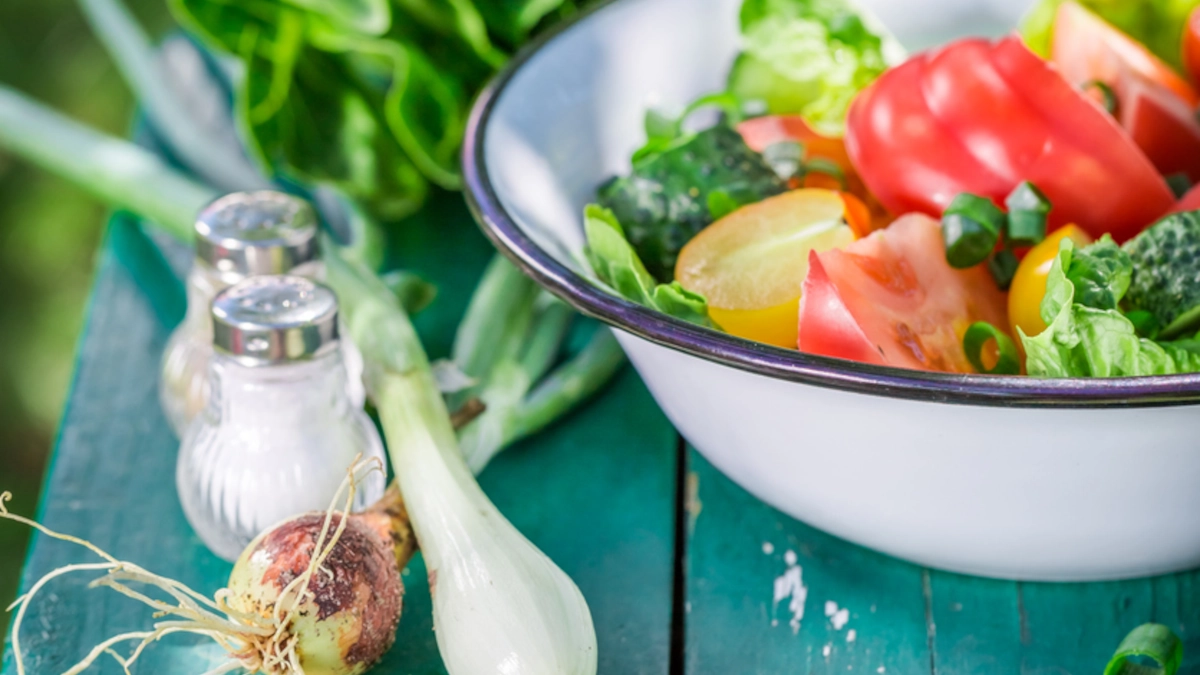Last Updated on March 10, 2023 by hgspaces
A productive Spring garden in Montana is easy to achieve as long as you have the right plan. Below we will walk you through what types of plants thrive in Montana, when to plant, and how to adapt your garden to the changing seasons.
Understanding USDA hardiness zones
The USDA hardiness zone map helps gardeners decide which plants are best for a particular region. Refer to this map to prepare for a successful Spring garden in Montana.
Montana has 4 hardiness zones. They are zones 3 4 5 and 6.
Before we begin, determine which zone you live in by visiting the USDA Interactive Hardiness Zone Map.
USDA Interactive Hardiness Zone Map
The 2012 USDA Plant Hardiness Zone Map is the standard by which gardeners and growers can determine which plants are most likely to thrive at a location. The map is based on the average annual minimum winter temperature, divided into 10-degree F zones.
For the first time, the map is available as an interactive GIS-based map (above), for which a broadband Internet connection is recommended, and as static images for those with slower Internet access. Users may also simply type in a ZIP Code and find the hardiness zone for that area.
No posters of the USDA Plant Hardiness Zone Map have been printed. But state, regional, and national images of the map can be downloaded and printed in a variety of sizes and resolutions.
Basically, the Hardiness Zone represents how cold a certain area is in the winter. This information along with the average frost date in your area is essential to growing the right plants and vegetables for your Spring garden in Montana. Below we will guide you to the best crops to grow in your area and when to plant them.
Spring Gardening in Montana Zone 6
Try planting short-season crops in March that prefer cooler weather like collard greens, kale, and carrots.
These plants will feel more comfortable in the mild spring temperatures than in the harsh Montana summers. Their short growing season means when temperatures start to rise they will be ready to harvest and replace with plants better suited to Montana’s heat.
Mid to late spring planting options such as sweet peppers, cucumbers, cayenne peppers, and acorn squash are great options for mid-to-late spring planting. For warm-weather crops like these start planting seedlings indoors in March.
In April and May as soon as night temperatures consistently exceed 50 degrees move the plants out to the garden.
Spring Gardening in Montana Zones 3 4 and 5
The growing season in this location is relatively short and considerably cooler in the Spring.
To get the most out of your Spring garden in Montana zones 3, 4, and 5 you should start planting seedlings indoors.
We also recommend using a straw blanket to help protect transplants from sudden frost. Since most of the growing season offers cooler temperatures a focus on frost-resistant crops is a good strategy for success. Greens such as cabbage, broccoli, green beans, and iceberg lettuce can be planted in late April or May for zones 3, 4, and 5. Cool-weather crops that have a bit longer growing period, such as Brussels sprouts, parsnips, and artichokes, are another great option for the colder areas of Montana.
Ultimately, for most common garden vegetables in Montana zones 3, 4, and 5, planting will have to wait until things warm up in June.
Of course, one way you can extend your growing season in both directions is by using a greenhouse. A temperature-controlled structure like a greenhouse is a great place to start your seeds in March. Many of the plants you start can then be transplanted in the garden by June or will continue to thrive throughout the Summer and Fall.
Make the most of your Spring garden in Montana by adding a beautiful custom greenhouse to your property. If you would like to find out more about the many benefits of owning a greenhouse check out hgspaces.com
